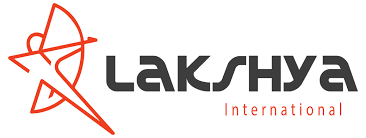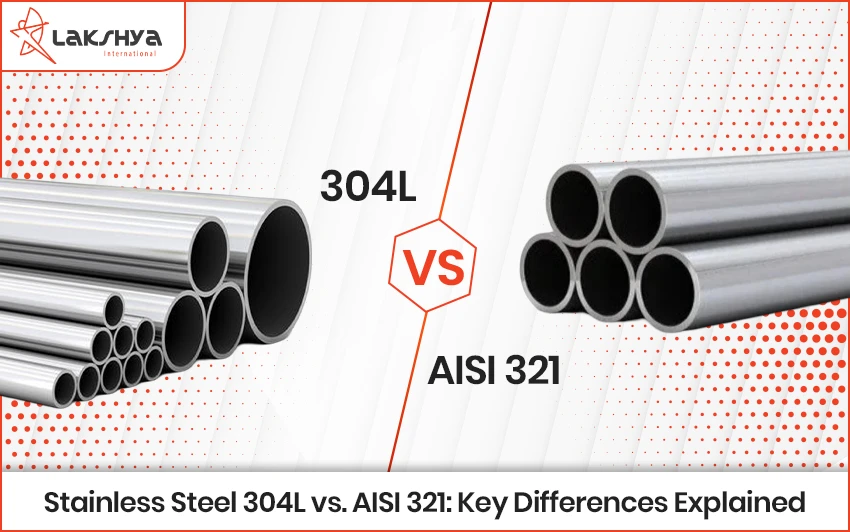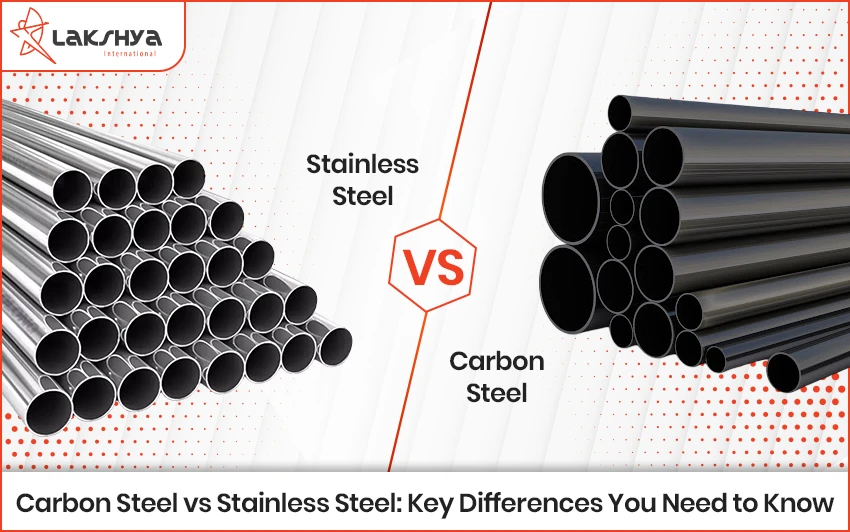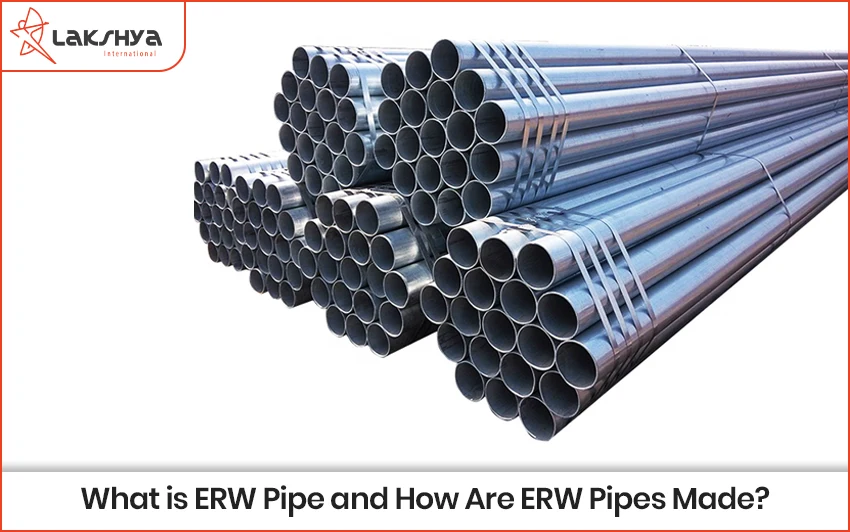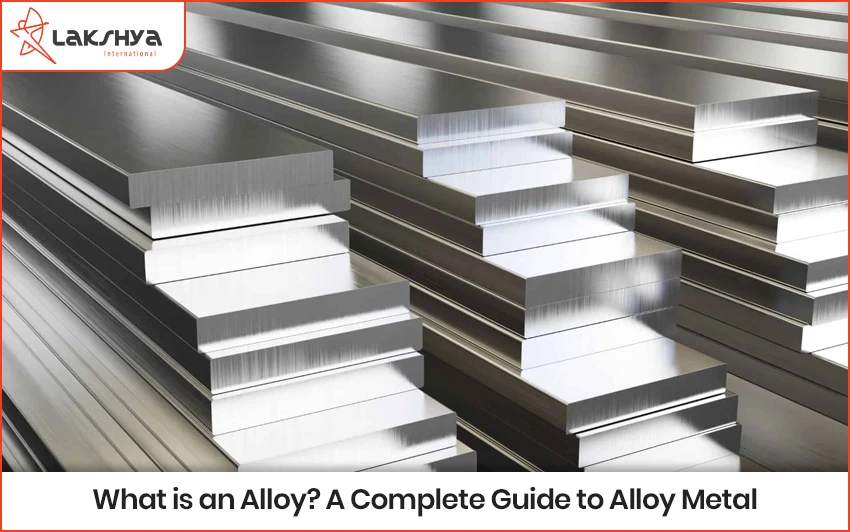Understanding Chemical Composition
| Element | Stainless Steel 304L | AISI 321 |
| Chromium (%) | ~18 | 17-19 |
| Nickel (%) | ~8 | 9-12 |
| Carbon (%) | ≤0.03 (low carbon) | ≤0.08 |
| Titanium (%) | – | Approx. 5×Carbon |
Stainless Steel 304L contains minimal carbon content which makes it less prone to intergranular corrosion. The alloy AISI 321 contains titanium which provides both stabilization against sensitization during high temperatures and superior corrosion resistance properties at these operating conditions.
Exploring Mechanical and Physical Properties
| Property | Stainless Steel 304L | AISI 321 |
| Tensile Strength | ~515 MPa | ~515 MPa |
| Yield Strength | ~205 MPa | ~205 MPa |
| Ductility | ≥35% | ≥35% |
| Fatigue Resistance | Good | Superior |
| High-Temp Strength | Moderate | Superior |
Weldability: A Crucial Consideration
Both stainless steel grades boast excellent weldability:
- Stainless Steel 304L: The welding process of Stainless Steel 304L does not need heat treatment which makes it cost-effective for standard welding applications.
- AISI 321: The stabilized steel AISI 321 contains titanium for maintaining corrosion resistance properties during welding at elevated temperatures. Welding operations will keep material corrosion resistance high when using stabilized filler metals such as ER347.
Corrosion Resistance and Heat Performance
The selection between these two alloys demands complete knowledge of exact environmental elements and temperature parameters.
- Stainless Steel 304L: The usage of Stainless Steel 304L proves beneficial in environments ranging from mildly corrosive to moderately corrosive but its performance diminishes upon reaching 500° C during continuous operation.
- AISI 321: The resistance to sensitization and structural integrity as well as corrosion properties associated with AISI 321 stainless steel remain strong until temperatures reach approximately 870°C.
Typical Applications
| Application Sector | Stainless Steel 304L | AISI 321 |
| Food & Beverage | Fermentation tanks, storage vessels | – |
| Chemical Processing | Storage tanks, heat exchangers | High-temperature chemical reactors |
| Aerospace & Automotive | – | Engine components, exhaust manifolds |
| Pharmaceutical | Processing equipment | – |
| Architecture & Construction | Cladding, decorative trim | – |
| Petrochemical & Refinery | Moderate service tanks | High-temp furnace components, exhaust piping |
Case Studies from Lakshya Steel
Lakshya Steel’s technical expertise and superior stainless steel products exemplifypracticalefficiency:
In the food and beverages sector, Lakshya Steel provided Stainless Steel 304L sheets toconstruct fermentation tanks for a leading brewery. The low carbon contentmadethetankshighlydurable, sanitary, and resistantto corrosion for extended periods of time, wellabove the client’s highlevelsof sanitation.
In the automotive world, high-precision-cut AISI 321 sheets suppliedby Lakshya Steel were utilized in high-performance exhaust systems. Titanium stabilization of the sheets providedthesheets with extremely high resistance to structural degradation after repeated thermal cycling, meetingtoughvehicleindustryspecificationssuccessfully.
Lakshya Steel: Trusted Supplier of 321 Stainless Steel
Being a quality-based supplier, Lakshya Steel provides a stainless steel product for all requirements having:
- 321 grade sheets, coils, and plates
- Seamless and welded tubesofStainless Steel 304L and AISI 321
- A completerange of round bars, fittings, and structural sections
Contact us today for your Stainless Steel requirements and get a custom quote!
Making the Right Choice: Key Considerations
Various issues must guide your selection process when choosing appropriate stainless steel grades according to the following key considerations:
- Temperature Stability: Stainless Steel 304L should be selected for applications that do not exceed 500°C. The material selection should be AISI 321 when operations will repeatedly reach temperatures below 870°C.
- Corrosion Resistance: Stainless Steel 304L remains the optimal choice when dealing with environments that show mild corrosion. When operating at high temperatures and sensitization becomes an issue AISI 321 stands as the optimal choice.
- Welding Needs: Both grades offer superb weldability. The demanding nature of welding at high temperatures makes AISI 321 the optimal choice.
- Welding Requirements:Both grades possess excellent weldability. AISI 321 stands out as the best choice for welding applications that require severe conditions at elevated temperatures.
Conclusion
Understanding the complete information about the complex compositions and mechanical properties and functional applications of Stainless Steel 304L and AISI 321 allows you to select wisely. Your project success is ensured when you work with the reputable stainless steel supplier Lakshya Steel. Your project performance and durability alongside cost-effectiveness will improve through making an informed decision between Stainless Steel 304L for general applications and 321 grade sheets for heat-resistant requirements.
Ready to discuss your stainless steel requirements further? Contact Lakshya Steel today to discover how our premium-grade products and expert services can benefit your next project.
